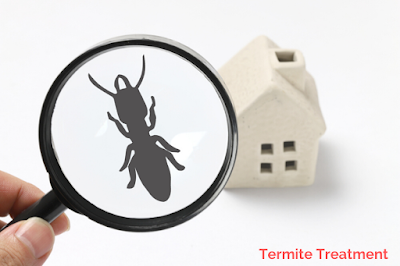Having a refrigerator with filtered water and ice dispenser
is a great convenience, and the family certainly takes advantage of it. From
filling sports bottles to the gym, keeping the crew drinks to daily hydration
for the family, your filter is working hard to keep your drinking water clean and
with a fresh flavor.
A family of four who use their water dispenser and ice
machine should often obtain a new filter every six months; while a couple
without children only needs to replace it once a year. If you have not replaced
your refrigerator filter in several years, you are not drinking filtered water,
but something completely different.
Buying a refrigerator filter from the original manufacturer
can be expensive. Aftermarket refrigerator filters cost less, but sometimes
they have a quality risk. Changing the water filter in your refrigerator is
crucial, so we will help you to solve the problem by replacement filter to find
the best option for your refrigerator and budget.
Unless you know the brand and the precise model of your
refrigerator, it is often easier to take the filter to Whirlpool Refrigerator Repair Service Center to find a suitable
replacement filter.
Working of refrigerator water filter:
Most of the refrigerator filters are designed to eliminate
bad tastes and odors using a combination of sediments and carbon filtration.
Refrigerator filters contain a carbon block core wrapped in a material such as
polypropylene. Water flows mechanically through the outer material to remove
debris and suspended solids. Other unwanted particles adhere to the surface of
the carbon block.
Contaminants in the water adhere to the carbon in a
refrigerator filter through a process called adsorption. They do not penetrate
the absorption of carbon, but rather adhere to a point within the huge carbon
surface.
When to replace the water filter:
Most of the refrigerator models will have a replacement
indicator light on their dispenser or temperature control panel. This light
will indicate when it is time to replace your water filter.
When there is no filter replacement indicator light, we
recommend changing the filter every six months, or if the flow of water to the
water dispenser or ice machine decreases, whichever comes first.
These indicator lights vary by model. See the manual for
details of your refrigerator.
Twist-On Filters
Rotating refrigerator water filters are usually located at
the front of the refrigerator or inside the refrigerator near the bottom or in
the upper right corner of the refrigerator compartment.
Change rotating water filter:
Turn the filter 1/4 turns counterclockwise and removes the
filter directly from the housing.
Remove the old filter cover and place it on the new filter.
Push the new filter directly into the housing and turn it
1/4 turn clockwise to lock it in position.
Push-in filters
To locate a push-in refrigerator water filter, look behind
the bottom grill at the front of the refrigerator or inside the refrigerator in
one of the drawers, or at the top of the compartment toward the back.
Change push-in filter:
Press the button to release the filter and remove it from
its housing. If there is no button, press the filter to release the spring
latch that holds it in place.
Remove the old filter cover and place it in the new filter.
Insert the new filter into the filter housing, pushing it
until it clicks into position.
Flush the new filter
Most of the refrigerator water filters are carbon filters
that are filled with black carbon granules. When water flows for the first time
through a new filter, it removes some of the carbon and the water has some
black spots or a gray color in general. This is not harmful to drink, but you
probably don't want a glass of gray water or ice with black spots.
After trying all these, if you think you need an
professional technician for your refrigerator repair, contact HaierRefrigerator Repair Service Center nearby you or book the service from the
Doorstep Hub Website or through DoorstepHub App.





